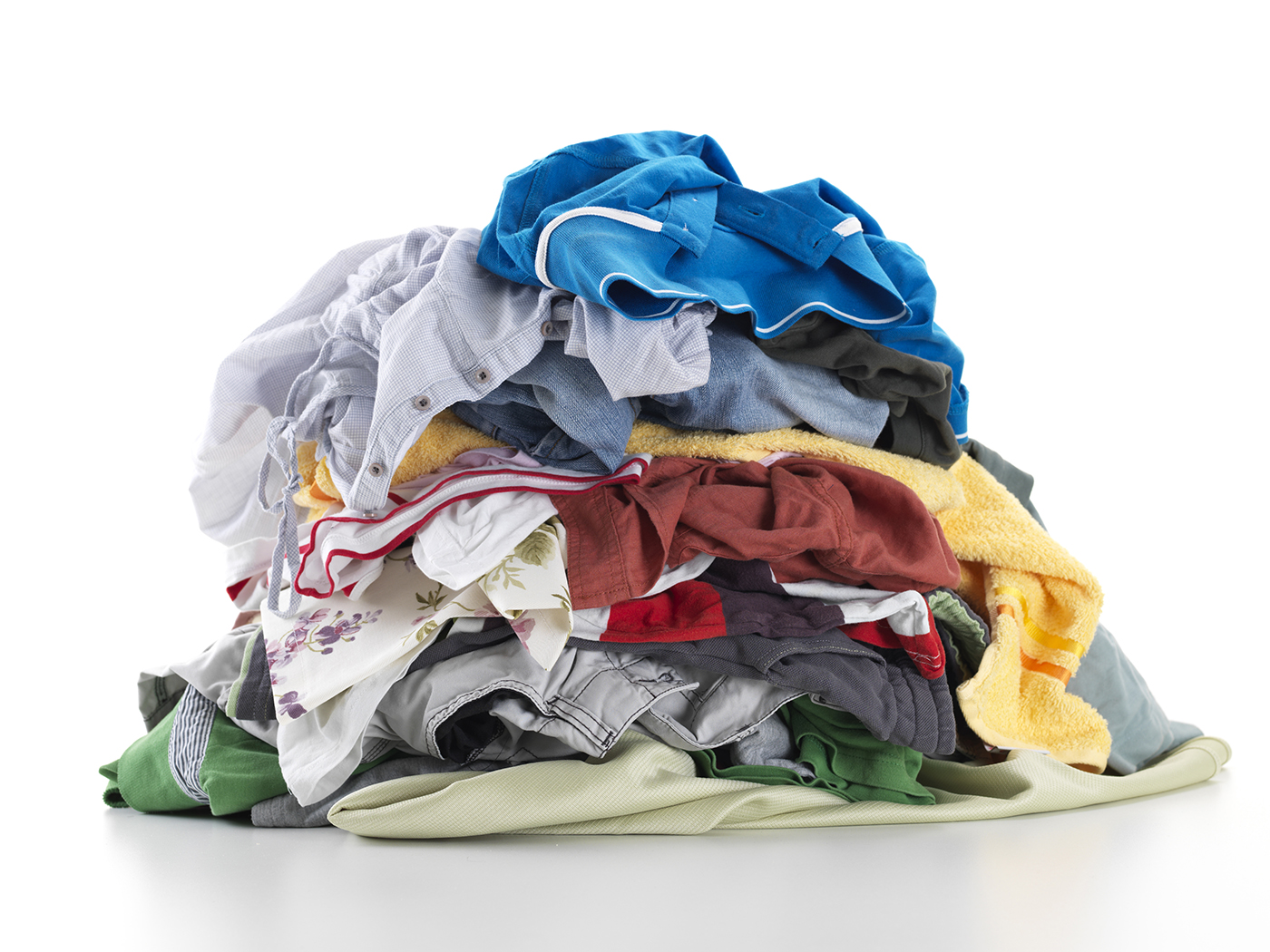How to select the right load size for your laundry
On laundry day, after you’ve gathered and sorted, you look at the varying piles of clothes: some small, some large, and others in between. But when you pick up a pile and put it in the washer, do you really know what size you should set the controls to?
Though load sizes will vary a little depending on the washer’s capacity, there are some general guidelines you can follow. Even though many of today’s HE machines can often sense the load and automatically fill the water to the proper level, you’ll still need to know how much detergent to add. Check the instructions on the detergent bottle before using so you apply the proper amount.
And, if your washer doesn’t have a sensor and you have to choose for yourself how big each load is, here’s a handy cheat sheet.
Small
Unless you’re just washing a shirt you spilled on or need to rewash your kid’s only set of dress pants, you won’t likely wash a small load very often. But it’s good to know what constitutes a small load just in case.
Here’s what you might find in a small load, one that fills about 1/3 of the tub:
- 1–2 permanent press shirts or
- 2 pillow cases or
- 1 dress
Medium
If you can scoop up the clothes to be washed in an armload or less, you probably have a medium load, about six pounds of clothing. This may be an outfit or two or enough clothing for someone to get through a full day or two. Or, it could be washing a sheet set.
These are examples of what may be in a medium load, one filling about one-half the wash tub:
- 3–4 permanent press shirts or
- 1 twin sheet and 1 pillowcase or
- 1–2 dresses
Large
A large load is very common, especially for families: multiple outfits, bedsheets from a couple kids’ beds and more. A large load is typically a full armload, and weighs roughly 11 pounds.
In a large load, filling about three-quarters of the washer’s tub, you might find any of these:
- 6–7 permanent press shirts or
- 2 twin sheets and 2 pillowcases or
- 8 bath towels and 6 washcloths
Extra large
If you have to make two trips to the washer with armloads of laundry, you’re into extra-large territory. You’re washing clothes for several people at one time, or several days of clothes for a couple people. There may even be bulky bedding in an extra-large load.
One word of caution: In a top-loading machine, make sure you leave enough space between the laundry and the top of the drum—keep clothes at or below the agitator—so there’s enough room for the clothes to tumble freely and wash properly.
This is what you might find in an extra-large load that almost completely fills the tub:
- 8–9 permanent press shirts and 2 pairs of pants or
- 2 queen-size sheets, 4 pillowcases, 2 nightgowns and a pair of pajamas or
- 1 queen-size bedspread
If you’re still not sure quite how big that load of laundry is, here’s a simple rule: If in doubt, select a larger load size. You need enough water to ensure a thorough cleaning. In a top loader, this means that water covers all the laundry. A front loader is more efficient with water use, but you still don’t want to overfill so the clothes move easily around the drum.
With these sizing tips, you’ll wash more efficiently and get your clothes as clean as they can be.



